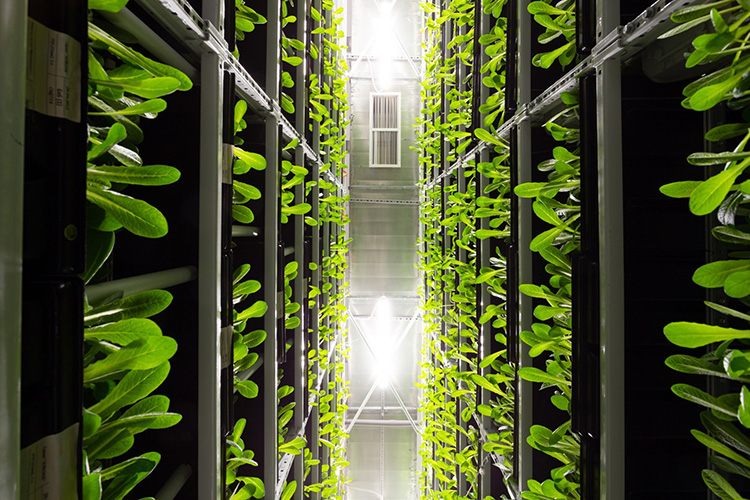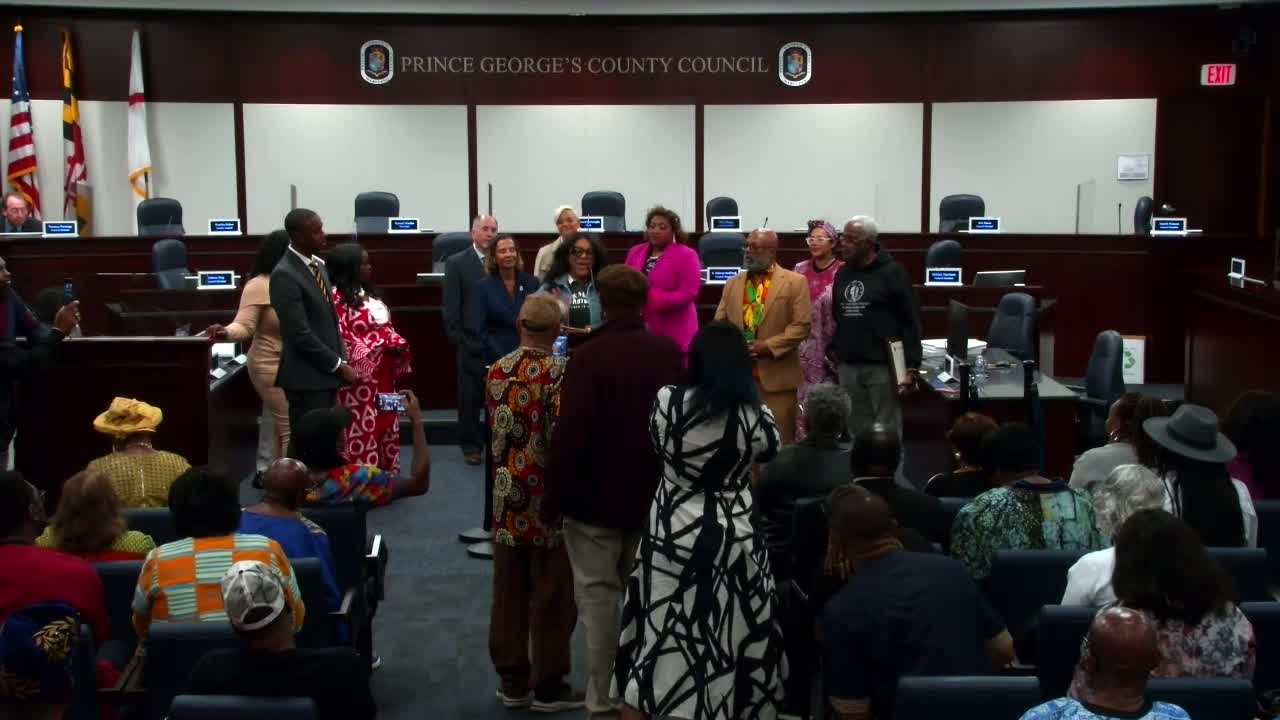Report on the Greenagers’ Women in Conservation, Agriculture, & Trades (WICAT) Conference and its Contribution to Sustainable Development Goals
1.0 Introduction
On September 25, Greenagers hosted its fourth annual Women in Conservation, Agriculture, & Trades (WICAT) conference. The event convened 86 students and eight teachers from six regional high schools to provide hands-on training and professional development opportunities. The conference is strategically designed to address several United Nations Sustainable Development Goals (SDGs) by empowering young women and gender-expansive youth to pursue careers in sectors critical to environmental and economic sustainability.
2.0 Conference Objectives and Alignment with Sustainable Development Goals
The primary mission of the WICAT conference is to introduce participants to career paths in fields where they are traditionally underrepresented. This initiative directly supports a framework of interconnected SDGs.
- SDG 4: Quality Education: The conference provides inclusive and equitable quality education by offering vocational training and promoting lifelong learning opportunities in green skills and trades.
- SDG 5: Gender Equality: A core objective is to achieve gender equality and empower all women and girls. The event actively encourages youth to enter male-dominated fields such as conservation, agriculture, and skilled trades, thereby challenging gender stereotypes and promoting equal opportunities.
- SDG 8: Decent Work and Economic Growth: By showcasing viable careers in sustainable sectors, the conference promotes full and productive employment and decent work for all. It equips future members of the workforce with skills relevant to the green economy.
3.0 Workshop Analysis and SDG Contributions
The hands-on workshops provided practical skills training, with each session contributing to specific sustainable development targets.
- Sustainable Agriculture and Food Systems (SDG 2, SDG 12, SDG 15):
- Workshops on inoculating shiitake mushroom logs, raising sheep, and caring for ruminants promoted sustainable agricultural practices.
- Sessions on pickling, blanching, and canning vegetables directly addressed SDG 12 (Responsible Consumption and Production) by teaching methods to reduce food waste.
- A veterinary demonstration on a stillborn calf provided unique educational insight into large-animal care and biology, relevant to sustainable livestock management.
- Conservation and Terrestrial Ecosystems (SDG 13, SDG 15):
- Participants learned to build footbridges, a key technique for preventing soil erosion and protecting vegetation, directly supporting SDG 15 (Life on Land).
- The creation of “seed bombs” with native plant seeds was an activity aimed at increasing biodiversity and supporting local pollinators, contributing to the health of terrestrial ecosystems.
- Sustainable Infrastructure and Skilled Trades (SDG 8, SDG 9):
- Workshops in woodworking, metal fabrication, and carpentry introduced participants to skilled trades essential for building resilient infrastructure and fostering innovation, aligning with SDG 9 (Industry, Innovation and Infrastructure).
4.0 Panel Discussion: Fostering Empowerment and Career Pathways
A panel discussion featuring 10 regional women professionals provided a platform for mentorship and career guidance, reinforcing the conference’s educational and empowerment objectives.
3.1 Key Themes and SDG Relevance
- Career Guidance and Lifelong Learning (SDG 4): Panelists discussed diverse educational and career pathways, emphasizing the value of both formal education (college) and experiential learning, mentorship, and networking. This dialogue highlighted the importance of adaptable and continuous learning.
- Empowerment Through Representation (SDG 5): By sharing their experiences as successful professionals in conservation, agriculture, and trades, the panelists served as powerful role models. Their stories of navigating and succeeding in these fields provided inspiration and tangible examples for the students.
- Purpose-Driven Careers (SDG 8): Presenters encouraged students to “do what the world needs,” framing careers in these sectors not just as jobs but as opportunities to contribute to community well-being, environmental stewardship, and sustainable food systems.
4.0 Conclusion and Future Outlook
The WICAT conference is a significant local initiative that actively contributes to the realization of global Sustainable Development Goals. By focusing on the intersection of gender equality, quality education, and sustainable economic development, the event empowers the next generation of leaders in conservation, agriculture, and trades. As stated by Farm Director Sarah Monteiro, the long-term vision is to cultivate an environment where young people are “innately empowered” to become the future farmers, conservationists, and environmental stewards our communities need. Each conference represents a measurable step toward achieving this goal and building a more sustainable and equitable future.
Analysis of Sustainable Development Goals in the Article
1. Which SDGs are addressed or connected to the issues highlighted in the article?
The article highlights issues and initiatives that are directly connected to several Sustainable Development Goals (SDGs). The analysis identifies the following relevant SDGs:
- SDG 4: Quality Education – The article focuses on the WICAT conference, an educational event for high school students that provides hands-on workshops and practical skills training outside the traditional classroom setting. It aims to equip youth with knowledge relevant to future careers.
- SDG 5: Gender Equality – A primary goal of the conference is to empower “young women and gender-expansive youth” by introducing them to career fields that are “often heavy on male-dominated fields,” such as conservation, trades, and agriculture. This directly addresses gender stereotypes and promotes equal opportunities.
- SDG 8: Decent Work and Economic Growth – The conference serves as a career development initiative, introducing students to various professions, encouraging them to “imagine future training and career roles,” and connecting them with mentors. This promotes productive employment and decent work for youth.
- SDG 15: Life on Land – Many of the workshops and discussions are centered on conservation and sustainable land use. The article mentions activities like building footbridges “to prevent soil erosion and protect vegetation,” creating “seed bombs to increase native plants,” and inspiring participants to become “land stewards.”
2. What specific targets under those SDGs can be identified based on the article’s content?
Based on the activities and goals described in the article, the following specific SDG targets can be identified:
- Target 4.4: Increase the number of youth and adults with relevant skills for employment.
The article details how the WICAT conference provides high school students with “hands-on workshops” and “practical skills” in areas like woodworking, mushroom inoculation, food preservation, and trail maintenance. This is intended to prepare them for “future training and career roles,” directly aligning with the goal of increasing vocational and technical skills for employment. - Target 5.5: Ensure women’s full and effective participation and equal opportunities for leadership.
The conference was created specifically to “introduce more young women and gender-expansive youth to the work we do” in “male-dominated fields.” By connecting students with successful women professionals and providing skills in these areas, the initiative works to ensure that women have equal opportunities to participate and eventually lead in these economic sectors. - Target 8.6: Substantially reduce the proportion of youth not in employment, education or training.
The event is a form of training and career guidance for youth. By inspiring students and providing “practical advice” on career pathways, mentorship, and skill-building, the conference actively works to keep young people engaged in education and training that leads to future employment, thereby addressing the issue of youth disengagement from the workforce. - Target 15.1: Ensure the conservation, restoration and sustainable use of terrestrial ecosystems.
The article describes workshops focused on conservation efforts. For example, participants learn to “build a bench or a footbridge to prevent soil erosion and protect vegetation along hiking trails.” This is a direct action aimed at the sustainable use and conservation of local terrestrial ecosystems.
3. Are there any indicators mentioned or implied in the article that can be used to measure progress towards the identified targets?
The article provides several explicit and implicit indicators that can be used to measure progress towards the identified targets:
- For Target 4.4 & 8.6:
- Number of participants in vocational training: The article explicitly states that “86 students and eight teachers participating” from “Six area high schools.” This quantitative data serves as a direct indicator of the number of youth receiving skills training.
- Acquisition of specific skills: The article lists the skills covered, such as “how to inoculate shiitake mushroom logs,” “pickle, blanch, freeze, and can,” and how to “build a bench or a footbridge.” The successful completion of these workshop activities can be used as a qualitative indicator of skills acquisition.
- For Target 5.5:
- Participation of women and girls in non-traditional fields of study and training: The core purpose of the conference is to engage “young women and gender-expansive youth” in male-dominated fields. The number of such participants (86 students) is a primary indicator. The continuation of the conference for a “fourth year” indicates a sustained effort to promote this participation.
- For Target 15.1:
- Implementation of conservation practices: The article mentions tangible outcomes that serve as indicators of progress. These include the construction of a “footbridge to prevent soil erosion” and the creation of “seed bombs to increase native plants that attract pollinators.” These actions are direct measures of on-the-ground conservation efforts.
4. SDGs, Targets, and Indicators Summary
| SDGs | Targets | Indicators |
|---|---|---|
| SDG 4: Quality Education | Target 4.4: By 2030, substantially increase the number of youth and adults who have relevant skills, including technical and vocational skills, for employment, decent jobs and entrepreneurship. |
|
| SDG 5: Gender Equality | Target 5.5: Ensure women’s full and effective participation and equal opportunities for leadership in political, economic and public life. |
|
| SDG 8: Decent Work and Economic Growth | Target 8.6: By 2020, substantially reduce the proportion of youth not in employment, education or training. |
|
| SDG 15: Life on Land | Target 15.1: By 2020, ensure the conservation, restoration and sustainable use of terrestrial and inland freshwater ecosystems and their services. |
|
Source: theberkshireedge.com







